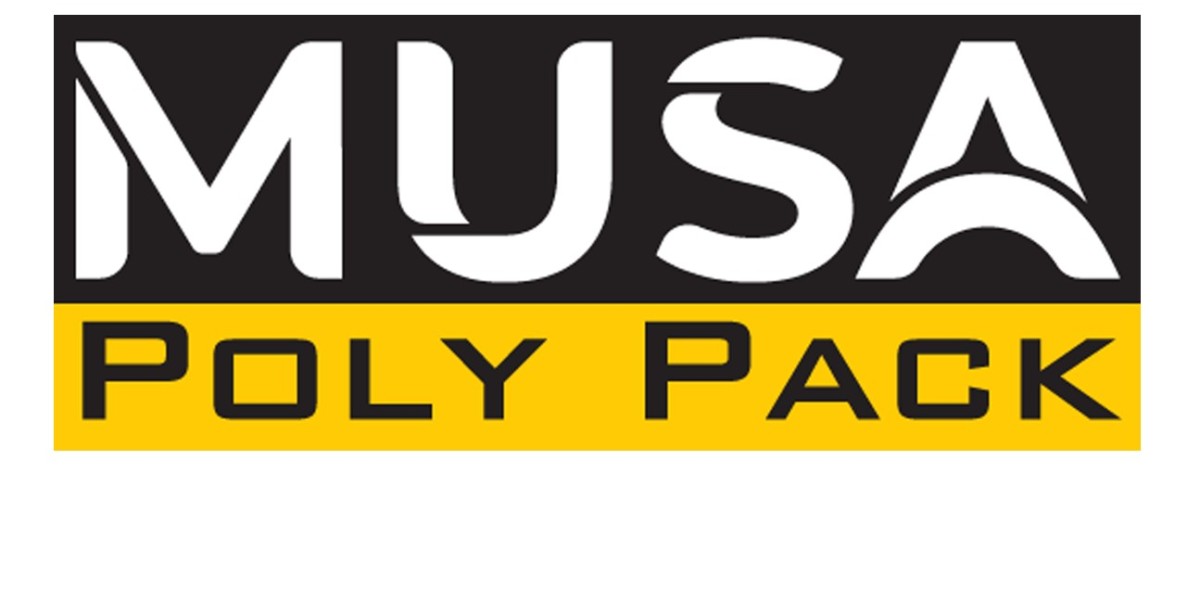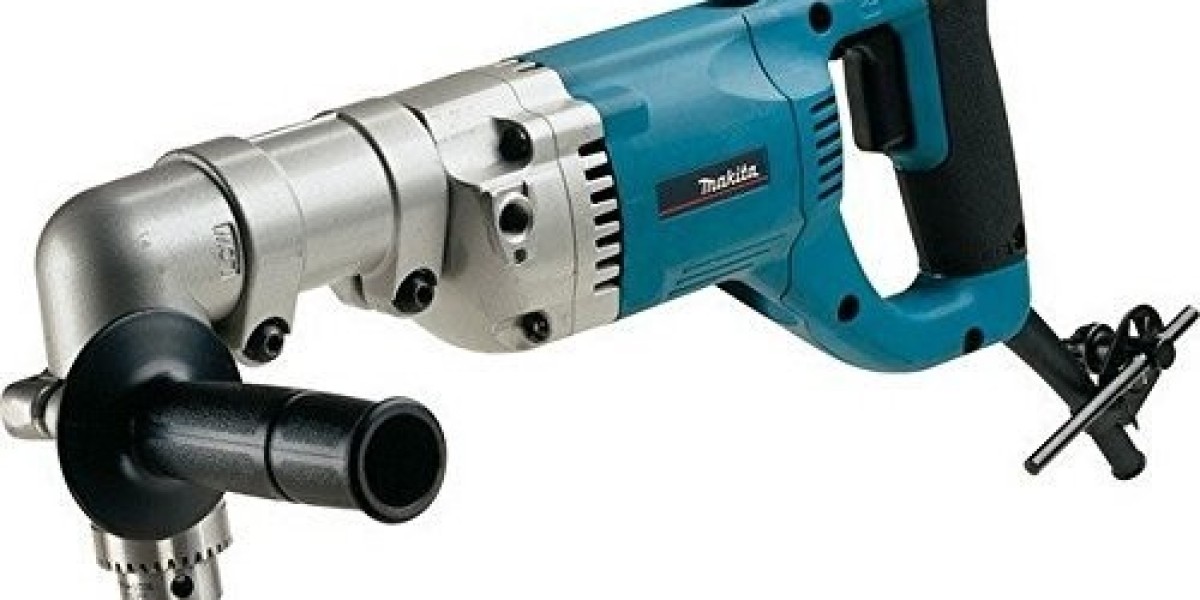Water Stopper: Essential for Waterproofing and Leak Prevention
Water stoppers, often referred to as water bars or water seals, are crucial components in the construction and infrastructure industries. They are designed to prevent the passage of water through joints or cracks in structures, ensuring the durability and safety of buildings, tunnels, dams, and other civil engineering projects. The importance of water stoppers cannot be overstated, especially in environments exposed to heavy water pressure or where water infiltration can lead to severe structural damage. This article explores the types, applications, and significance of water stoppers in various construction scenarios.
What Is a Water Stopper?
A water stopper is a specialized sealing device installed in construction joints or other vulnerable areas of a structure to prevent the penetration of water. It is typically used in concrete construction, where water may seep through cracks or joints over time. Water stoppers act as barriers, ensuring that water does not infiltrate the structure, which could lead to deterioration, weakening, or complete failure of the structure.
Water stoppers are commonly installed in expansion joints, contraction joints, and construction joints, where two sections of concrete meet. These areas are susceptible to movement, and without a proper sealing mechanism, water can seep through and cause damage over time. A well-designed and installed water stopper ensures that the structural integrity of the building or infrastructure is maintained, even in wet or high-pressure environments.
Types of Water Stoppers
There are several types of water stoppers, each designed for specific applications and construction scenarios. The most common types include:
1. Rubber Water Stoppers
Rubber water stoppers are one of the most widely used types of water stoppers in construction. These water stoppers are typically made from elastomeric materials such as rubber, which provides flexibility and durability. Rubber water stoppers are available in various shapes and sizes to accommodate different joint configurations and water pressures.
The flexibility of rubber allows it to effectively adapt to the movement of the joints, providing a tight seal even when the structure undergoes expansion or contraction. Rubber water stoppers are ideal for use in areas where movement between sections of concrete is expected, such as expansion joints or precast concrete structures.
2. PVC Water Stoppers
Polyvinyl chloride (PVC) water stoppers are another popular option in the construction industry. These water stoppers are made from a durable plastic material that provides excellent resistance to water penetration. PVC water stoppers are often used in areas where flexibility is less of a concern, as they are less flexible than rubber but still offer robust protection against water infiltration.
PVC water stoppers are often used in foundation walls, tunnels, water treatment plants, and other structures exposed to water pressure. Their durability and ability to withstand harsh environmental conditions make them suitable for use in both residential and commercial construction projects.
3. Hydrophilic Water Stoppers
Hydrophilic water stoppers are a specialized type of water stopper that reacts with water to form an even more effective seal. These water stoppers are typically made from a material that swells when exposed to moisture, creating an impermeable barrier against water penetration. Hydrophilic water stoppers are ideal for situations where water pressure is significant or where there is a need for an additional layer of protection.
These water stoppers are often used in critical infrastructure projects such as dams, bridges, and underground structures. Their ability to expand and provide a tight seal makes them an excellent choice for areas that experience fluctuating or high water pressure.
4. Metal Water Stoppers
Metal water stoppers are less common but are still used in certain applications where extreme water pressure or chemical resistance is required. These water stoppers are typically made from stainless steel or other corrosion-resistant metals and are used in environments where PVC or rubber stoppers may not be able to withstand the conditions. Metal water stoppers are most commonly used in industrial settings, water treatment facilities, and tunnels where the structural integrity of the water stopper is paramount.
Applications of Water Stoppers
Water stoppers are used in a wide range of applications where water infiltration can cause significant damage to the structure. Some of the key applications include:
1. Construction Joints
In concrete construction, construction joints are often necessary to accommodate the movement of the structure. These joints are points where two sections of concrete meet, and they are highly susceptible to water infiltration. Water stoppers are installed in these joints to create a barrier that prevents water from passing through.
Construction joints are commonly found in large-scale infrastructure projects such as bridges, dams, and tunnels. Water stoppers ensure that these joints remain sealed, preventing water from seeping into the structure and causing damage over time.
2. Expansion Joints
Expansion joints are designed to accommodate the natural expansion and contraction of materials due to temperature changes or other environmental factors. These joints are found in structures such as roads, bridges, and buildings, and they can be a source of water infiltration if not properly sealed.
Water stoppers are installed in expansion joints to prevent water from entering the gaps and causing damage. The flexibility of rubber or PVC water stoppers allows them to adapt to the movement of the joint, ensuring that the seal remains intact even as the materials expand or contract.
3. Underground Structures
Water stoppers are essential for sealing joints in underground structures such as basements, tunnels, and underground parking garages. These structures are often exposed to high levels of water pressure and moisture, which can seep through unsealed joints and cause significant damage.
In these environments, water stoppers play a critical role in maintaining the structural integrity of the building by preventing water from infiltrating the underground space. Whether using rubber, PVC, or hydrophilic water stoppers, the goal is to create a watertight seal that protects the interior of the structure from water damage.
4. Water Treatment Plants
Water treatment plants require specialized equipment and materials to prevent contamination and ensure the safe treatment of water. Water stoppers are used in these plants to seal joints in tanks, pipes, and other components of the facility. They prevent water from leaking into or out of the system, ensuring that the treatment process is efficient and effective.
In water treatment plants, the use of durable and chemically resistant water stoppers is crucial to maintaining the integrity of the facility. PVC and metal water stoppers are commonly used in these environments due to their durability and resistance to corrosion.
Benefits of Water Stoppers
Water stoppers offer numerous benefits that contribute to the long-term durability and safety of construction projects. Some of the key advantages include:
1. Waterproofing and Leak Prevention
The primary function of water stoppers is to prevent water from entering a structure, making them an essential component of waterproofing systems. By sealing joints and cracks, water stoppers protect the structure from water infiltration, which can lead to corrosion, mold growth, and other forms of damage. This makes them crucial in maintaining the structural integrity of buildings, bridges, dams, and tunnels.
2. Cost-Effective Solution
While the initial cost of installing water stoppers may seem high, they are a cost-effective solution in the long run. By preventing water infiltration, water stoppers reduce the need for costly repairs and maintenance that would otherwise be required to fix water damage. The durability and effectiveness of water stoppers make them a worthwhile investment for any construction project.
3. Increased Lifespan of Structures
Water stoppers help increase the lifespan of a structure by preventing water damage, which can weaken the integrity of concrete, steel, and other building materials. By providing a reliable seal against water infiltration, water stoppers ensure that the structure remains strong and durable for years to come.
4. Versatility
Water stoppers come in a variety of materials and designs, making them suitable for a wide range of applications. Whether used in expansion joints, construction joints, or underground structures, water stoppers offer flexibility in addressing different waterproofing needs. The availability of different types of water stoppers allows engineers and contractors to choose the best option for their specific requirements.
Conclusion
Water stoppers are an essential component in ensuring the waterproofing and leak prevention of a variety of structures. Whether used in construction joints, expansion joints, underground structures, or water treatment plants, these sealing devices provide reliable protection against water infiltration. The different types of water stoppers, such as rubber, PVC, hydrophilic, and metal, offer versatile solutions for a wide range of applications. By preventing water damage, water stoppers help extend the lifespan of structures, reduce maintenance costs, and maintain the safety and integrity of buildings, bridges, dams, and tunnels.







